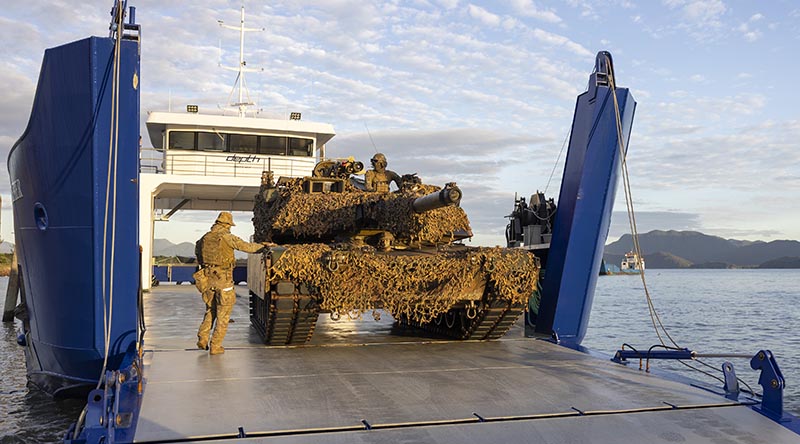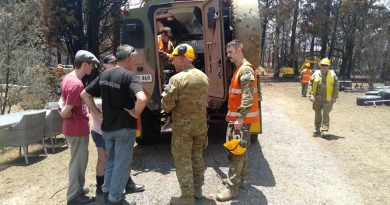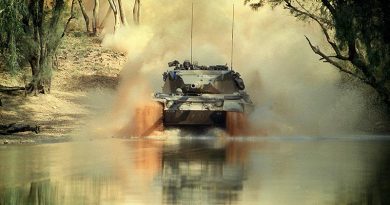Are Tanks Needed as Part of a Littoral Optimised Force?
Share the post "Are Tanks Needed as Part of a Littoral Optimised Force?"

The National Defence Strategy 2024 makes it clear that the Army must have the capacity to respond with credible military force; to secure and control strategic land positions; and sustain protracted combat operations.
The tank obviously has a crucial role in this, being “at the core of the ADF’s combined arms fighting system”.
Added to this, it is one of the few parts of the “ADF that can successfully operate in medium to high-threat land environments”.
Furthermore, “because of their versatility, tanks can be used in a wide range of scenarios, environments and levels of conflict in the region”.
Chief of Army has stated that “the Australian Army’s future is fighting on the beaches, rivers, coastal waters and archipelagos of the Indo-Pacific”.
Despite the paragraph above, there will always be some who will argue that an Army optimised for the littoral battlespace, is not one in which a tank regiment is high on its list of priorities.
Could this be the real reason that 1st Armoured Regiment was stripped of its tanks?
If so, there’s little hope for the successful implementation of Australia’s strategic defence planning.
An essential element of the projection of land power in the littoral region, relates to seizing and controlling vital terrain and infrastructure. Tanks can achieve this because their mobility and situational awareness enable them to deploy quickly and bring their firepower to bear exactly where needed.
Key to all this, however, is the ability to manoeuvre in the littoral space. To this end, landing craft provide the capability for intimate direct fire support during contested beach landings or coastal operations. The long range of tank guns also gives them a role in engaging the offshore naval assets of an adversary.
Is that it? Nothing more to be said in terms of the role for tanks when defending the Indo-Pacific littoral?
If strategic counter-measures are identified by anticipating events that might unfold, what capability is a potential Australian adversary likely to need?
One thing’s certain, whoever we’re fighting on the beaches and archipelagos, will be well supported. The battle for air superiority will be intense.
Notwithstanding this, the enemy’s airborne forces could be dropped inland to secure strategic areas.
Another role for armour would be that of providing a mobile reserve in depth … or it would be, if armour was available.
Why is it that the tanks were stripped from 1 Armd Regt, leaving 3 Brigade in Townsville without a tank squadron, a cavalry squadron and a battlegroup headquarters? Was there no other unit that could have met the need, or were recruiting numbers really so poor that RAAC manpower had to be pruned?
Unfortunately, given the lack of openness associated with decision making by the CA, we (i.e. veterans and other RAAC stakeholders) will probably never find out.
Lieutenant Colonel Bruce Cameron, MC, RAAC (Ret’d)
FILE PHOTO: An Australian Army M1 Abrams tank from 2nd Cavalry Regiment disembarks at Lucinda during a movement to Townsville Field Training Area for Exercise Brolga Run, on May 21 2024. Photo by Captain Brittany Evans.
.
.

.
.
Share the post "Are Tanks Needed as Part of a Littoral Optimised Force?"






The Commander-in Chief of the Australian Defence Force is the Governor-General. She is accountable to the Australian people through the Commonwealth Parliament. Unlike some other countries, Australia is a democracy in which each individual has the right to question decisions made in their name. Ultimately, Governments enact the will of the people.
Openness in decision making? Mate, you’re a civilian. Why would the Chief of Army, or anyone on Army for that matter, tell you anything?